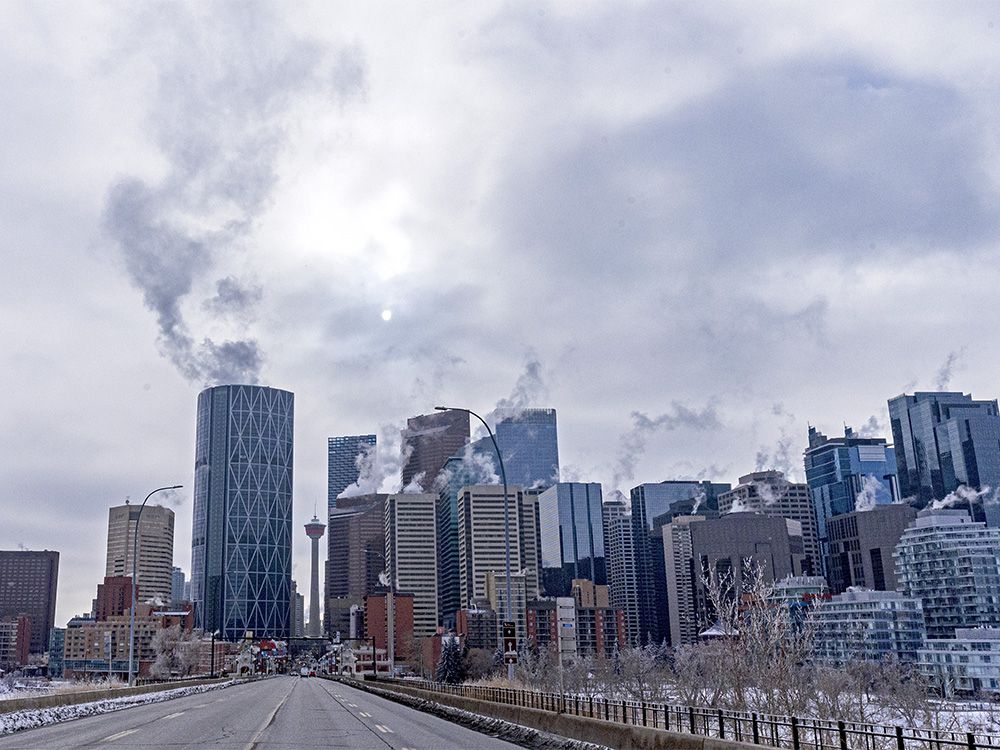Instead of trying to make the entire downtown livable and vibrant, continue to focus efforts on the four main hubs .... East Village, West Village, Eau Claire and Stephen Ave/7 Ave LRT. Even with migration, Calgary will never have the population in the core to activate everywhere. Clearly most streets and avenues were designed for cars and not pedestrians. Too many office buildings are very cold and stark at street level. Most of that is irreversible so don't waste any time or money trying to attract residents, small business etc to these pockets of downtown. (i.e take any stretch of 5th Ave, 6th Ave between Macleod Trail and 8th St SW).
I would add that 8th Street as another main hub.
It's is a fully functioning, mixed-use high density corridor with a high local population. It's population has grown uninterrupted during this time on both sides of the CPR tracks, none of the other north-south streets have that record. Functionally, 8th Street is pretty much the downtown many are hoping for but it already - mixed use, 24-hour activity, jobs, densely populated and great transit.
From 2016 Census Mapper - blue is active modes to work, purple is population density per hectare. Both are as high as any census tracts get in Alberta.
How do we support an area of downtown that has been achieving for decades what many hope all of downtown becomes? Beyond the underpass improvement and yet-to-be-completed Century Garden upgrades, we have done next to nothing to support the area, in many cases we actually did things that made the area less livable. Sidewalks are shabby, narrow or variable width, all traffic signals prioritize turning vehicle traffic over local pedestrians and signal timing is way too long east-west for locals despite east west traffic peaking a few hours a day, while pedestrian traffic is far more all day. Every east-west road is mega over-sized and brings constant noise and speeding issues as this is where many of our avenues begin exiting the core and turn into bridges or freeways.
If we invested based on current need as opposed to trying to stimulate new demand or cater only to commuters and corporate landowner interests and their downtown business advocacy groups, 8 Street would have been redone decades ago.
A problem I see with all the downtown stuff is that the folks making suggestions/choices are often filtered to the politically-connected and powerful (e.g. big building owners, big companies etc.) All want a successful downtown, but following their suggestions often leads us to failure. After all, we spent 50 years catering to a corporate office/commuter audience to get us to the failed state of today - ironically it's by catering specifically to these groups so aggressively is why we are in the mess.

 calgaryherald.com
calgaryherald.com





